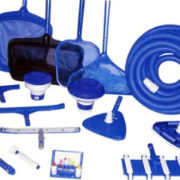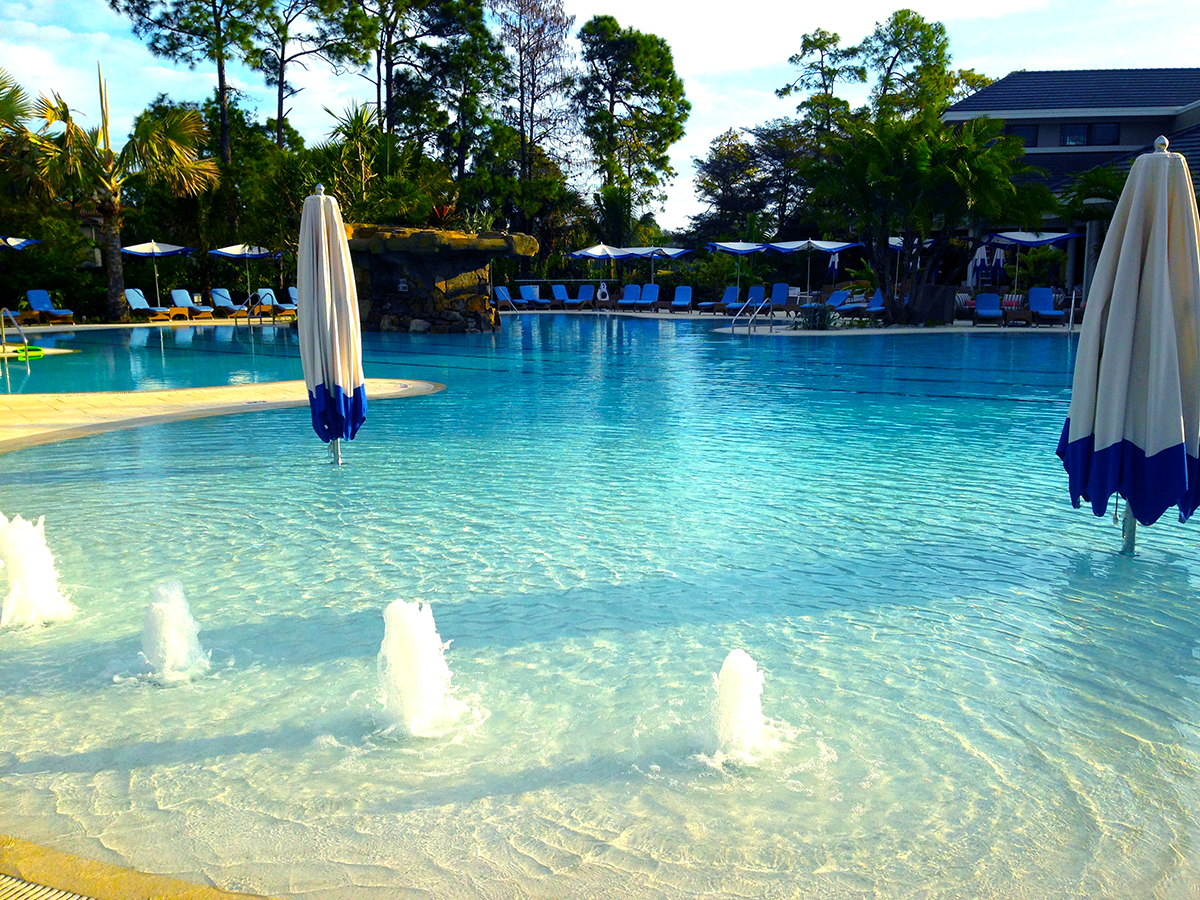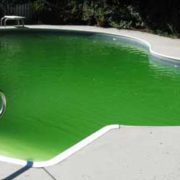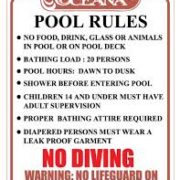Pool Safely Is always a concern, Pinnacle USA, Inc. is first in line when it comes to pool safety!
Summer
The summer is a time of fun for many children as they head from classrooms to playgrounds and swimming pools. Unfortunately, summertime also marks an increase in the number of child drowning deaths and injuries. The U.S. Consumer Product Safety Commission (CPSC) estimates each year nearly 300 children younger than five drown in swimming pools and spas and more than 3,000 that age goes to hospital emergency rooms due to non-fatal submersion injuries. An unknown number of these hospitalizations result in permanent disability, including brain damage. These deaths and injuries are preventable.
 The Pool Safely Campaign
The Pool Safely Campaign
The Pool Safely campaign is a national public education effort to reduce child drownings and non-fatal submersions, and entrapments in public swimming pools and spas.
The campaign was developed to carry out the requirements of Section 1407 of the Virginia Graeme Baker Pool and Spa Safety Act (P&SS Act), federal legislation signed into law in 2007 mandating new requirements for public pool and spa safety, including a public education campaign designed to raise public awareness, promote industry compliance, and improve safety at pools and spas.
The Steps to Take
Watch kids when they are in or around water, without being distracted. Keep young children within arm’s reach of an adult. Make sure older children swim with a partner every time. Teach children how to swim. Every child is different, so enroll children in swim lessons when they are ready. Consider their age, development and how often they are around water when deciding if they are ready for swim lessons. Make sure kids learn these five water survival skills and that they are able to:
- step or jump into water over their heads and return to the surface;
- float or tread water for one minute;
- turn around in a full circle and find an exit;
- swim 25 yards to exit the water, and
- exit the water. If in a pool, be able to exit without using the ladder
- Teach children that swimming in open water is not the same as swimming in a pool.
- They need to be aware of uneven surfaces, river currents, ocean undertow and changing the weather. Know what to do in an emergency. Learning CPR and basic water rescue skills may help you save a child’s life.





